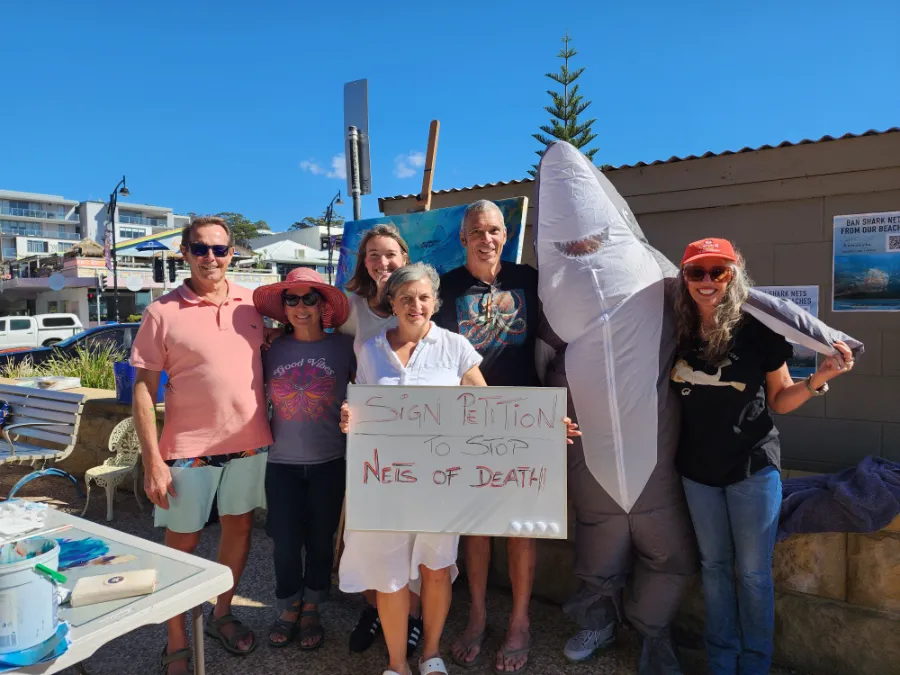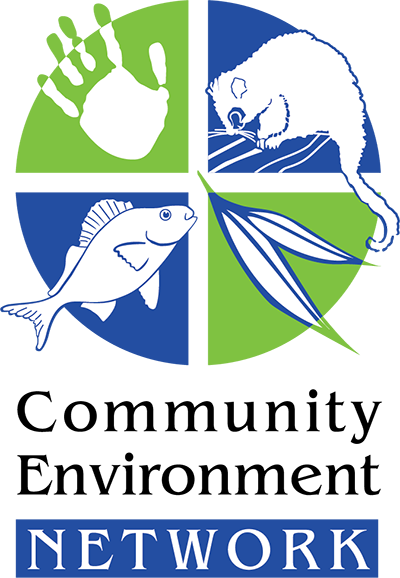Friends of Kurrawyba
Friends of Kurrawyba Reserve (Terrigal) was formed in 2023 with the aim of creating a no-take Marine Protected Area between Terrigal Haven and North Avoca.
Friends of Kurrawyba
The objectives of the Friends of Kurrawyba campaign include:
1. Permanent removal of shark mesh from our beaches
2. Introduction of a no take zone at Terrigal Haven
3. Recognition of Terrigal Haven a Grey Nurse aggregation site
4. Declaration of the Kurrawyba Aquatic Reserve
The group is made up of ocean swimmers, divers, photographers and other locals concerned about shark mesh bycatch which continues to kill endangered native species. We care about the environment, the ocean and specifically the waters off Terrigal and around to North Avoca.

1. END THE SHARK MESH PROGRAM
Our first objective is to campaign for the permanent removal of shark mesh from Central Coast beaches, particularly Terrigal Beach.
Shark meshing traps and kills twice as many threatened and endangered species than it does the three types of sharks it is supposed to keep away from swimmers. And that fact comes from the data gathered by the NSW Department of Primary Industries (Fisheries) so it is undeniable.
The shark meshing program is a threat to biodiversity and sustainability. The substantial and unjustifiable amount of bycatch killed or injured over many years means the shark meshing program is, itself, listed as a key threatening process in both the NSW Fisheries Management Act 1994 and the NSW Biodiversity Conservation Act 2016.
We believe there are new methods available to protect beach goers which trap substantially less bycatch than the now outdated and ecologically dangerous shark meshing.
The shark meshing program has been used in NSW since 1937 and was designed to protect beachgoers from White, Tiger and Bull Sharks during peak swimming season.
In its present form external contractors set large mesh nets at the beginning of the season and check nets every three days for entangled animals including the three target sharks but also significant amounts of bycatch – a range of other shark species, marine mammals, and marine turtles. Entangled animals are often deceased and their carcasses are dumped offshore.
“Sanctuary zones work by allowing the flora and fauna to completely recover, breed, and eventually completely repopulate an area. Sanctuary zones that have been established for 15 or more years, are large, and well enforced really start to show amazing results, with the fish breeding in the sanctuary repopulating the surrounding fishing areas. The IUCN and the Australian Marine Sciences Association recommend 30% of our marine waters should be given full sanctuary protection to attempt to stem the loss of marine life from our coastal waters. If reserves are to be truly effective, they need to be no-take marine reserves and protect marine life from the effects of fishing. The only comparable part of a marine park to terrestrial conservation is the no-take sanctuary zone.”
NSW National Parks Association
2. INTRODUCE A NO TAKE ZONE
Our ultimate goal is to create a no take Marine Protection Area from the shoreline east of the Terrigal boat ramp around to North Avoca. A no take zone is an area with the highest level of protection available in NSW waters. It is a sanctuary zone.
A no take zone is defined as an area free from extractive activities including mining, fishing and collecting. Other zones may include a habitat protection zone where trawling and longlining are prohibited but recreational fishing is allowed.
If we are going to protect our threatened and endangered species, we need to create areas dedicated to conservation. These areas protect biodiversity, and have scientific and recreational value.
Currently, according to the NPA, around 9% of the terrestrial area of NSW is protected by National Parks but only 6% is protected by marine parks and reserves.
“The IUCN and the Australian Marine Sciences Association recommend 30% of our marine waters should be given full sanctuary protection to attempt to stem the loss of marine life from our coastal waters. If reserves are to be truly effective, they need to be no-take marine reserves and protect marine life from the effects of fishing. The only comparable part of a marine park to terrestrial conservation is the no-take sanctuary zone.”
3. CREATE A GREY NURSE AGGREGATION SITE
Did you know Australia’s east coast population of Grey Nurse Shark (GNS) is critically endangered?
The Grey Nurse has been categorised by the International Union for the Conservation of Nature as facing an extremely high risk of extinction in the wild.
Friends of Kurrawyba Reserve came together as ocean swimmers who, over many years, garnered knowledge of the presence of a population of GNS around Terrigal Haven. Over time we have gathered photographic and video evidence of the injuries being caused to this species by both line and spear fishing.
The waters surrounding the Kurrawyba Reserve are habitat for a significant range of species including the Grey Nurse Shark, Giant Cuttlefish, Port Jackson Shark, turtles, dophin, rays and many species of fish.
The ultimate desire of our group is to see all species who live in the waters off the Kurrawyba Reserve protected. The critically endangered status of the GNS has prompted us to take all practical steps to raise public awareness of the need to protect this vital GNS habitat by declaring it an aggregation site.
We understand the concerns of recreational fishers and believe we can work collaboratively to ensure everyone’s interests benefit from the creation of a GNS aggregation site off Kurrawyba Reserve.
There is not a single Grey Nurse Shark aggregation site between Little Broughton island to the North and Malabar’s magic Point to the south and yet it is well know Grey Nurse Sharks aggregate and breed in the waters in between.
“Climate change and a rapidly warming marine environment increasingly threaten NSW’s marine communities. The east coast of Australia’s marine environment is one of the fastest warming marine areas on the planet. This poses a direct threat to marine life that has evolved to live in cooler waters. A no-take, CAR system of MPAs could help mitigate some of the impacts of climate change by eliminating the additional pressure of fishing. Sanctuary zones are good for studying the effects of fishing and other human activities to the marine ecosystem. Marine ecosystems that are allowed to recover in sanctuary zones can be useful baseline, or control, sites to help assess the impacts of fishing and other human activities. They can also help distinguish between fishing impacts, and changes due to warming waters, which can allow better management of our marine environment.”
NSW National Parks Association
4. ESTABLISH THE KURRAWYBA AQUATIC RESERVE
Finally, our grand vision is to create a Marine Protected Area (MPA) in the waters between Terrigal and North Avoca.
We understand this is not going to happen overnight, but we are willing to do everything we can to make it happen!
The only sanctuary zone on the Central Coast is the Bouddi National Park Marine Extension. We need to protect more areas to avoid species extinction and restore flora and fauna.
The model we believe would be best for Kurrawyba would be similar to Cabbage Tree Bay in Manly. It is a tiny 20 hectare sanctuary zone and within 15 years of its creation the aquatic vegetation returned and the bay was teeming with marine life. The park is close to Sydney CBD so it attracts thousands of visitors each day to enjoy the abundant marine life while swimming, snorkelling and scuba diving.

